What to see and do in Warsaw? Poland's capital is perhaps one of Europe's cheapest cities, and a perfect destination for a city break. In today's post, we're giving you tips on things to do in Warsaw - and some exciting sights in Warsaw.
Post updated in 2019
Table of contents
Things to see and do in Warsaw
There is plenty to see and do in Warsaw, no matter what time of year you choose to visit this exciting capital city. Warsaw mixes beautiful old buildings with grand communist-era high-rises, and the city also offers lovely green spaces and a long river.
Since prices are low compared to many other European cities, it's easy to indulge in a little extravagance, such as good meals and accommodation in fancy hotels. Here is a city guide with tips for things to do in Warsaw, also the city of pianist Frederic Chopin.
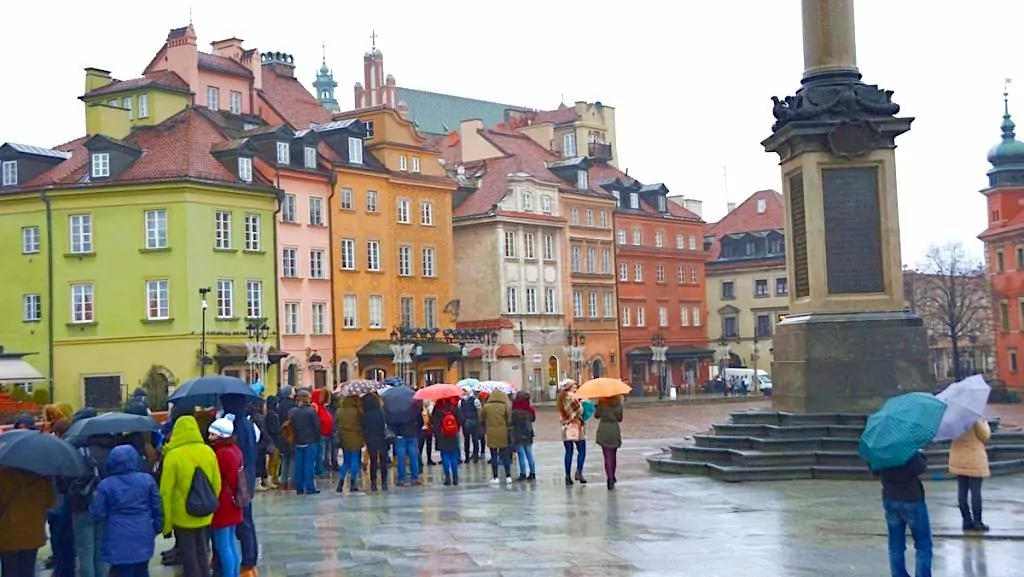
1. Strolling in the Old Town
Poland's capital is a diverse city with many different types of architecture. Large parts of Warsaw, in fact as much as 85 per cent, were destroyed during World War II. second world warwhich meant that many parts had to be rebuilt during the communist era and beyond.
In the Old Town (where the half-destroyed houses were renovated) you can see the beautiful old houses with their colourful facades and beautifully decorated doors and windows. The old neighbourhood is today listed on the UNESCO World Heritage List. Here you can visit the square Rynek Starego Miastawhich is the central market square in the old town.
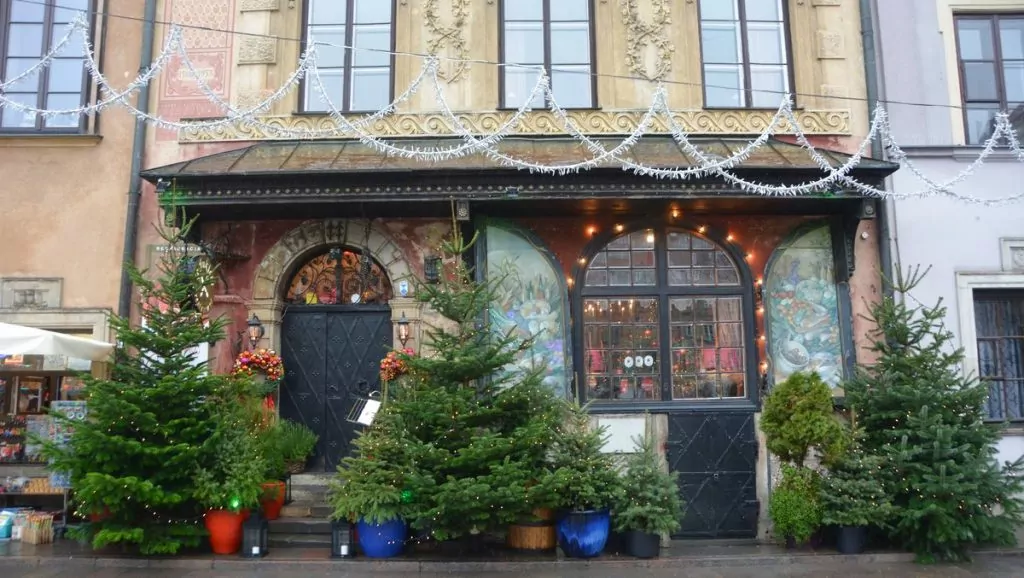
2. Admire the royal palace
One of all the sights in Warsaw you don't want to miss is the royal palace, which you will find at Plac Zamkovy, at the entrance to the Old Town. The castle was destroyed during the war but was rebuilt and reopened in 1984. Today you can visit the royal halls, which are filled with historical artefacts.
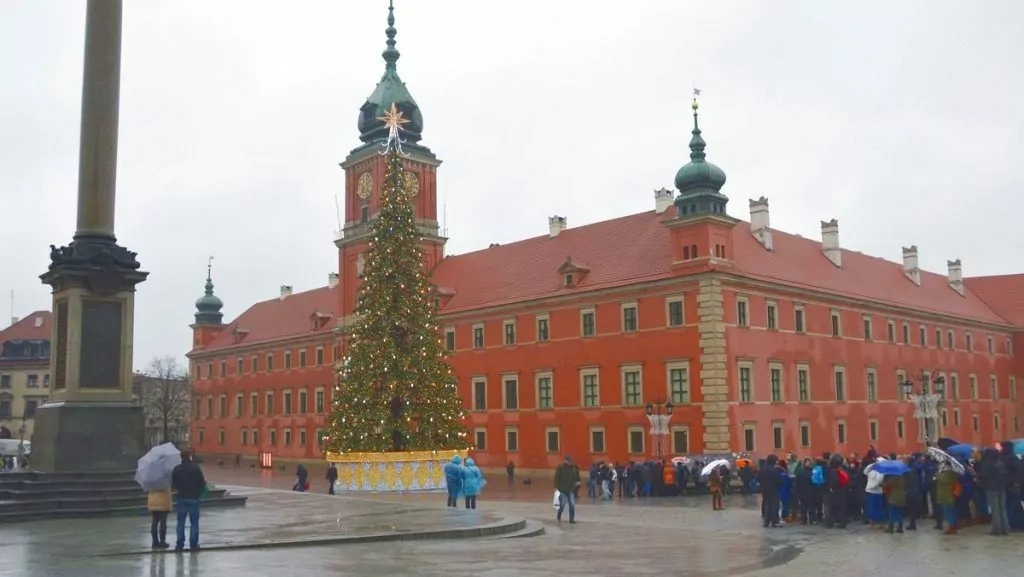
3. Walk along the Royal Route
When you have finished your visit to the Old Town, you can choose to walk along the promenade. "Royal Routeor Trakt Królewski as it is called in Polish. This is the route that the kings used to take between their castles, linking the Royal Palace, the Royal Łazienki Museum (the last Polish king's summer palace) and Wilanów Palace, another royal palace.
The most magnificent part of the route is Krakowskie Przedmieście Street. Another nice part of the Royal Trail is the street called Novy Swiat, where you will find a lot of trendy shops and many restaurants, serving both Polish and foreign food.
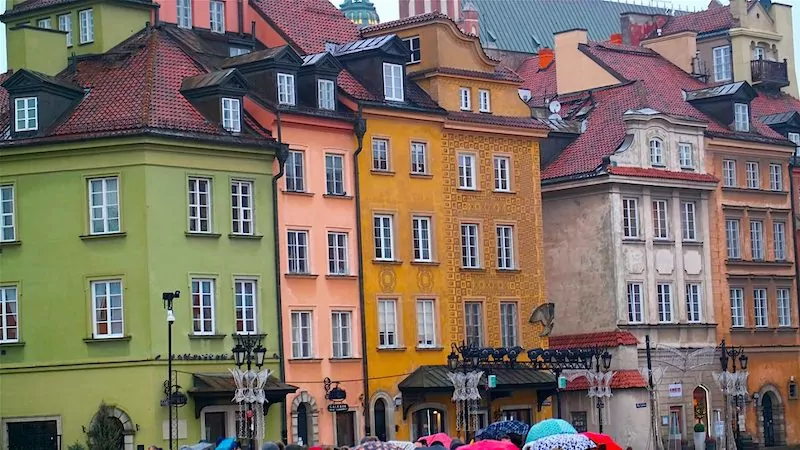
4. check out the Palace of Culture
Palace of Culture, or Palace of Culture and Science as it is actually called, rises like an impressive silhouette against the Warsaw sky. This building is particularly impressive in the evening when it is lit up in all sorts of colours.
Built in 1952-1955, the building was a gift from the Soviet Union to the Polish people, although Poland apparently had to pay some of the 'gift' itself. You can think what you like about this building, which is not loved by everyone, but it is undoubtedly one of the highlights of Warsaw today.
The 231 metre high building was one of Europe's tallest buildings until the 2000s, and is now ranked 21st after a number of tall towers, mainly located in Moscow. For those who are not satisfied with seeing the tower from the outside, there is also the possibility to book a guided tour, which ends with a trip to the top of the hill for a fantastic view of the entire city.
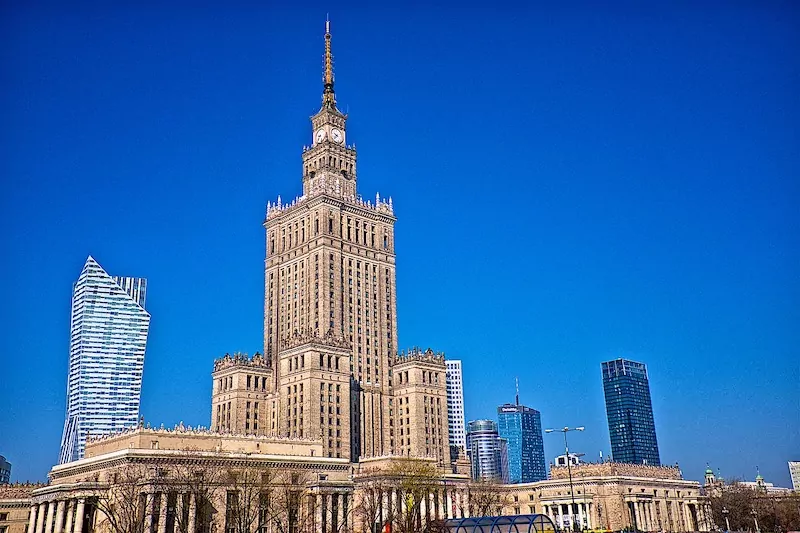
5. Go on a guided city walk
We went on a guided city walk in Warsaw, which we highly recommend. When a guide talks, the neighbourhoods and houses come to life in a completely different way! If nothing else, you can seek out one of the free guided tours (free walking tour) offered here as in many other places in Europe.
By taking a guided tour, you can see the most famous places and all the "must-see" sights in Warsaw, while also getting good tips on lesser-known gems. If you like food, there are also guided tours focusing on food.
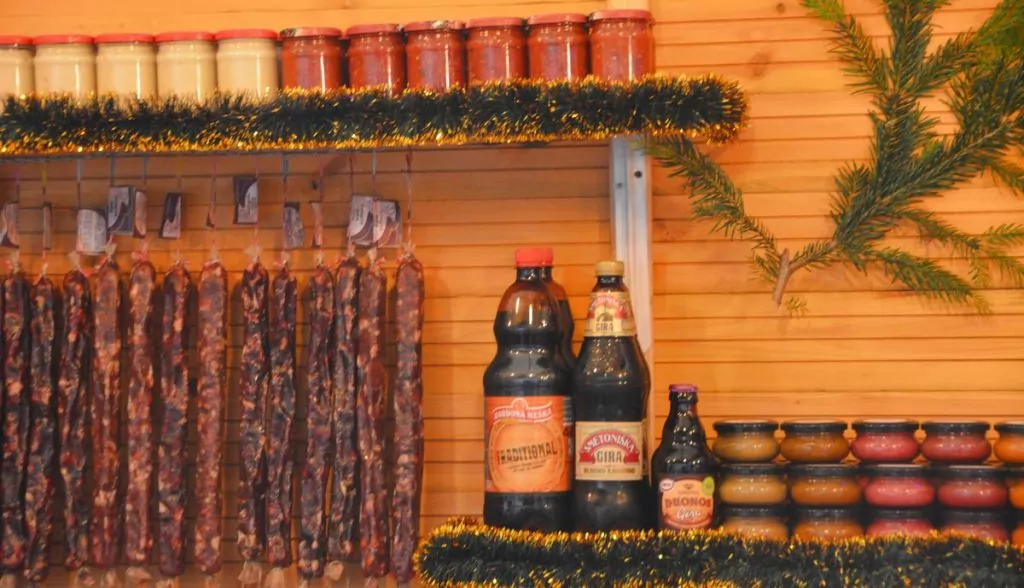
6. Take a boat trip on the Vistula River
The 1047-kilometre-long Vistula River flows from the Carpathian Mountains in the south, past Krakow and through Warsaw, before entering the Baltic Sea through the Gulf of Gdansk. There are several popular places to hang out along the river, and if you want a different view of the city, you can hop on a riverboat. river boat trip here.
7. Experience history in museums
Warsaw has a long, colourful and often violent history. Anyone interested in learning more about history, and in particular the Second World War, will find many different museums to visit here.
We made a visit to Warsaw Uprising Museum (The Warsaw Rising Museum), about the Warsaw Uprising, when the Polish resistance movement liberated the city from German occupation and the Germans virtually levelled the city.
There are also other museums that tell the history of the city, such as the following Polin, which deals with the history of Polish Jews and Pawiak Prison, where the Nazis imprisoned 100,000 people during World War II.
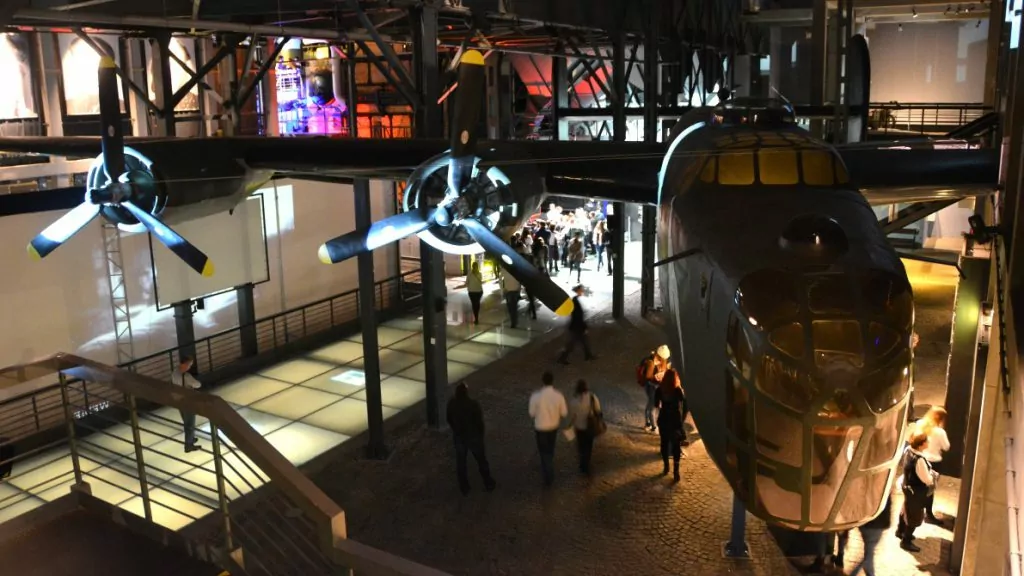
8. Practising winter sports in the national stadium
the National Stadium in Warsaw, or Narodowy w Warszawie as it is called in Polish, is usually used for both football matches and concerts. In winter, it is also used for winter sports for families, and you can come here to skate or go down an artificial ice slope in a round vehicle that looks like a rubber boat. Unless, of course, you'd rather ride on a rope just below the roof of the stadium...
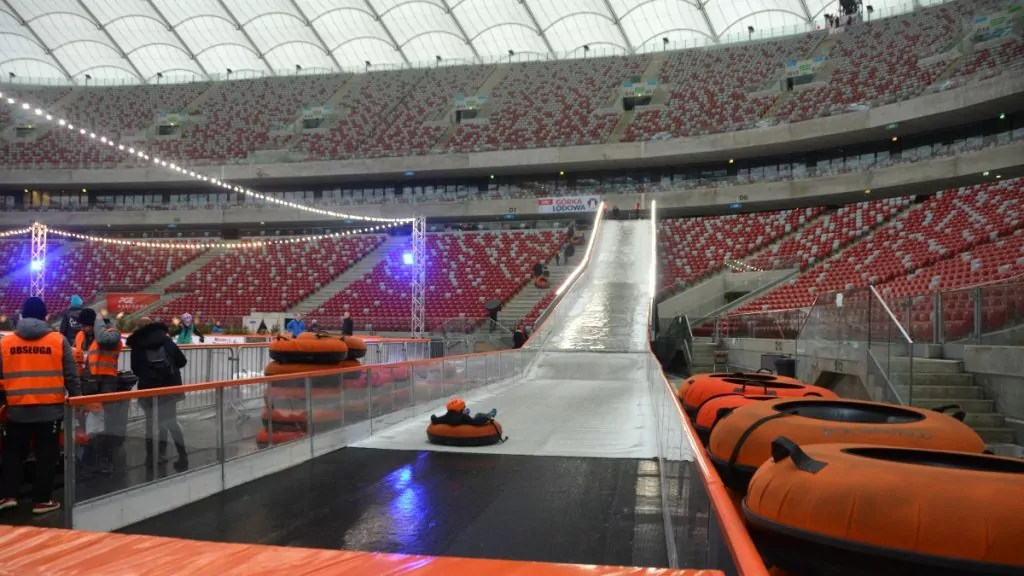
Ice skating seemed immensely popular and we were a bit fascinated by the "penguins" and "seals" that all the children used to help in the rink. Does the same exist in Sweden, only we haven't seen it because we don't have small children? Or is this a foreign phenomenon?
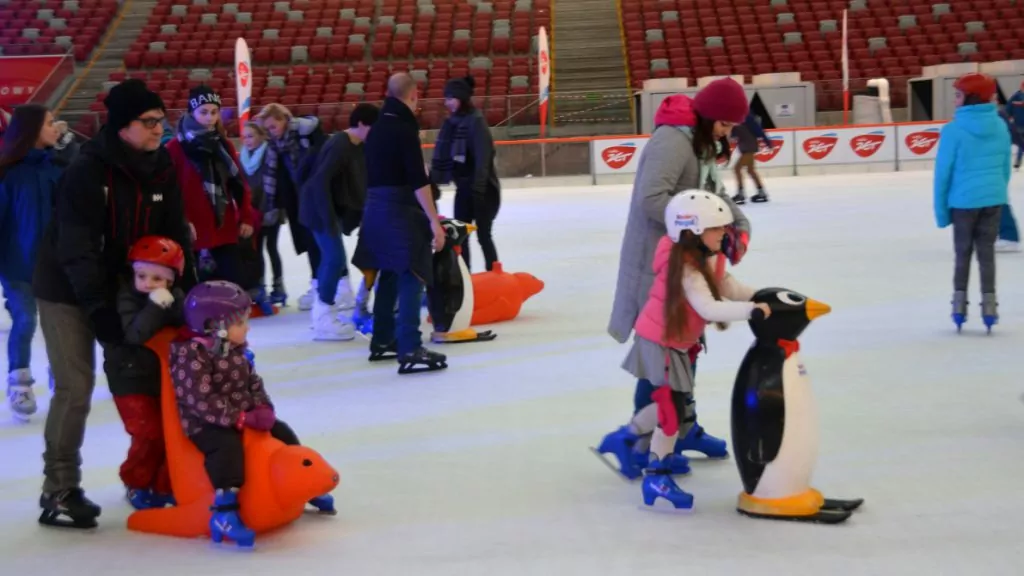
9. Enjoy the tranquillity of Łazienki Park
If you're looking for some peace and quiet away from the hustle and bustle of the city, you can definitely head to Łazienki Parkwhere you can enjoy a lush and peaceful oasis. In the city's largest park, located in the centre, you can stroll around in peace and quiet, far away from the stress of the city, among trees, plants and squirrels. Here you will also find Łazienki Palace and a number of other historic buildings and attractions in Warsaw. Concerts are also organised here in the summer.
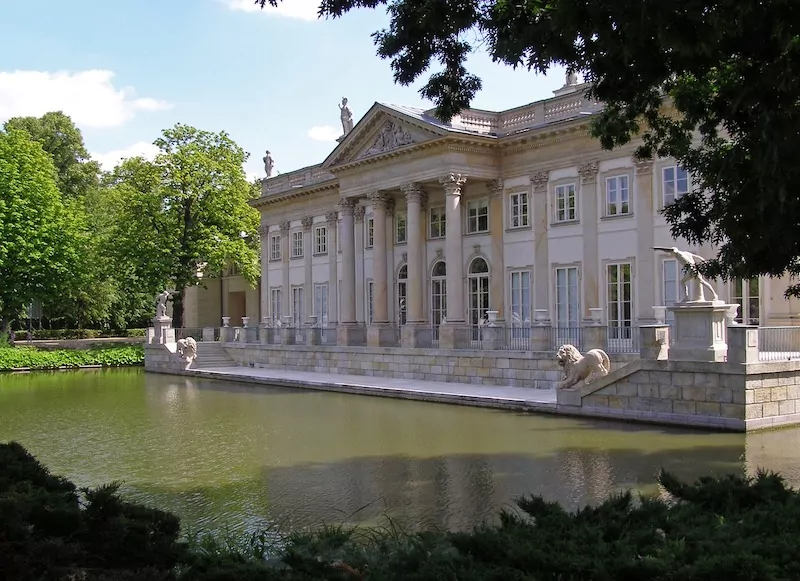
10. Shop for value for money in Warsaw
Warsaw is a large city with many shopping opportunities and low prices. For example, you can shop in the large and modern shopping centre. Zlote Tarasy, where you will find both cheaper and more expensive shops.
Underground, at the passages under the roads and at the metro exits, you will also find a lot of small shops. For more exclusive shopping, head to Mokotowska Street, where you'll find various designer shops.
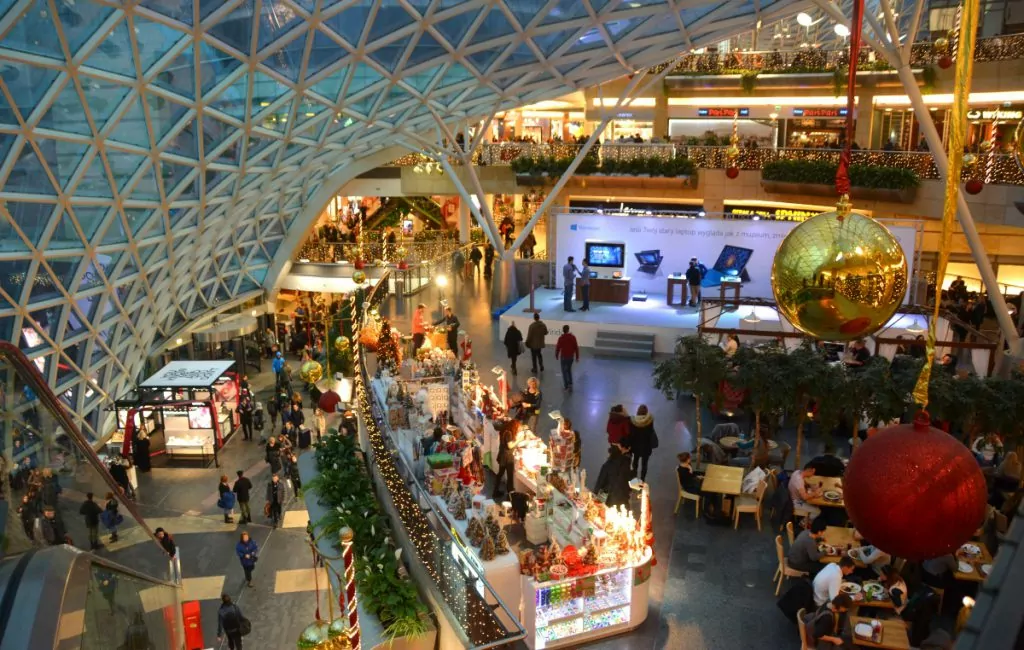
11. Try traditional Polish food
Polish cuisine is hearty and includes soups, steamed pies, poultry and cabbage. There are, of course, more upmarket restaurants with modern and innovative dishes, but many times home cooking can also taste really good.
We can recommend the Specjaly Regionalne restaurant at Nowy Swiat 44 where we had dinner on Saturday evening. For starters we both had the Polish soup. Zurek, which is our favourite. For the main course, Peter chose goose and I ordered pierogi (Polish steamed pies) with four different fillings: spinach, duck, cabbage & mushrooms and potatoes & cheese. Really tasty and good!
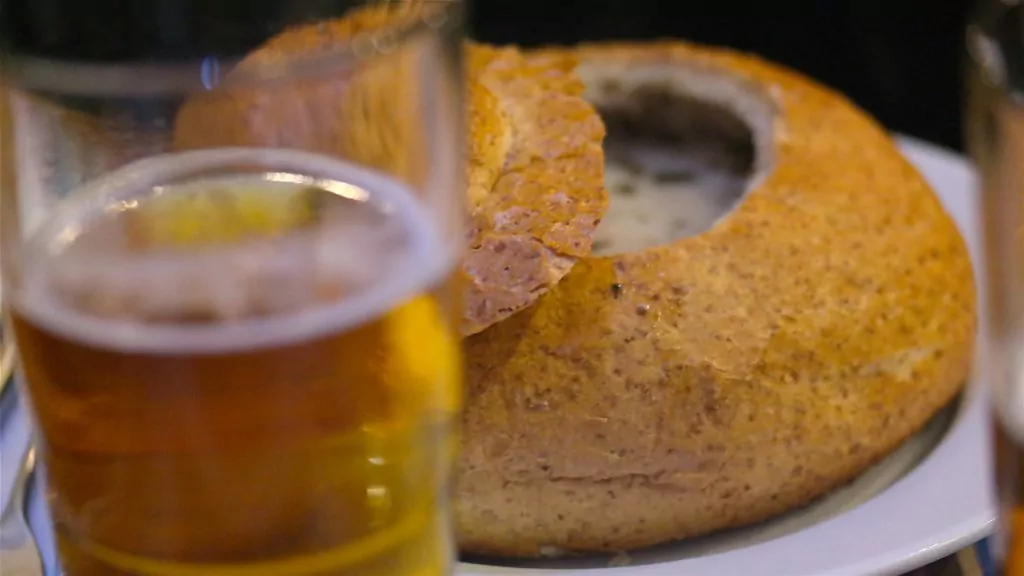
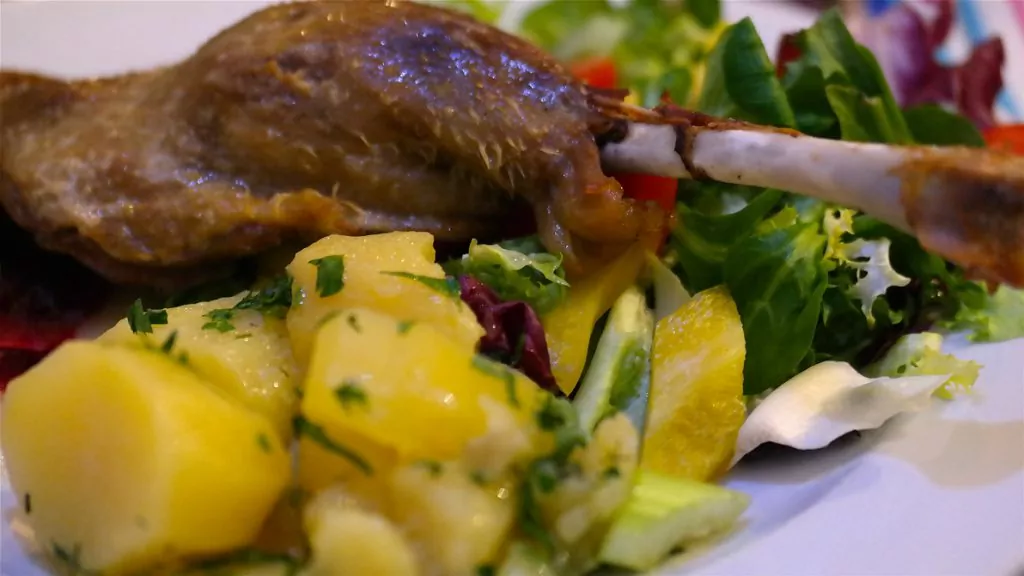
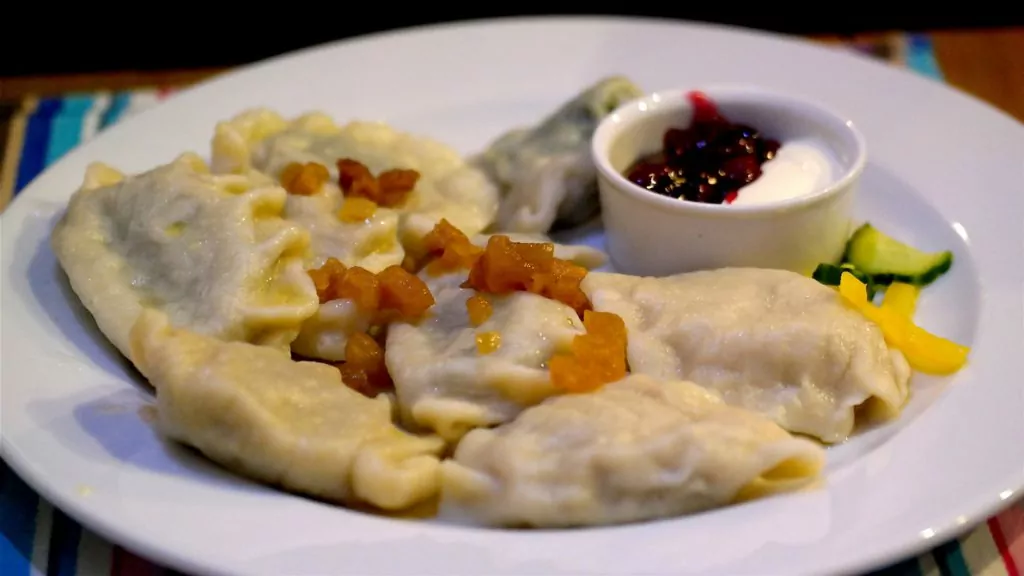
We also also had good food for lunch at restaurant Bibenda, at Nowogrodzka 10. This restaurant felt perhaps a bit simpler, but the food was still affordable and tasted good. Here we started with a cucumber soup and then it was goose again, this time with pumpkin jam and beetroot.
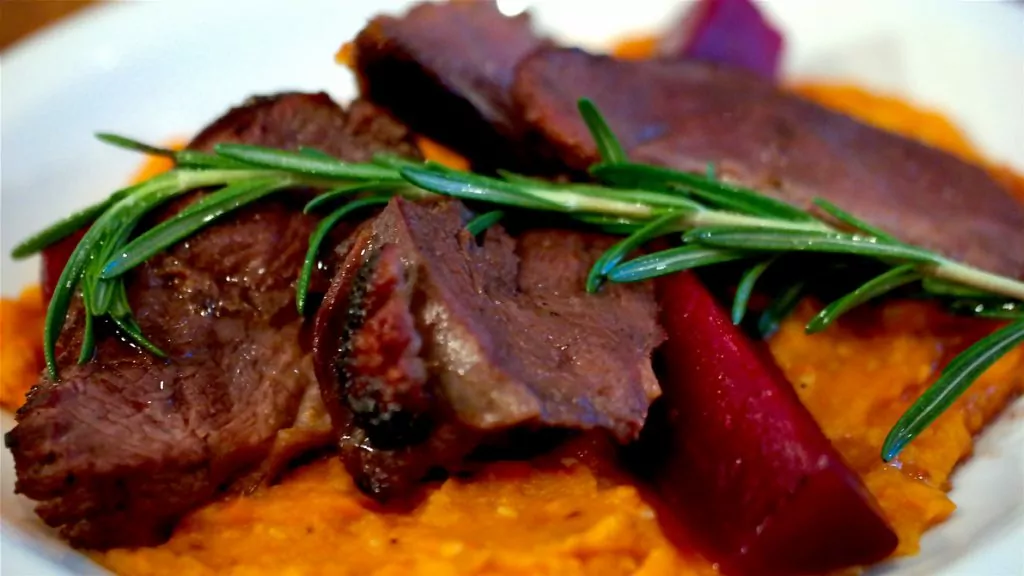
12. visits Frederyk Chopin Museum
The composer Frederic Chopin who lived between 1 March 1810 and 17 October 1849, and was 39 years old. Born in Zelazova Wola near Warsaw, Frederic was already a piano prodigy before the age of 10. By the age of 19 he was giving concerts in Vienna, Germany and on to Paris.
He died of tuberculosis and is buried in the Père-Lachaise Cemetery in Paris but his heart is in the Church of the Holy Cross in Warsaw. The museum is located at Pałac Gnińskich, 00-368, Okólnik 1, 00-368 Warsaw.
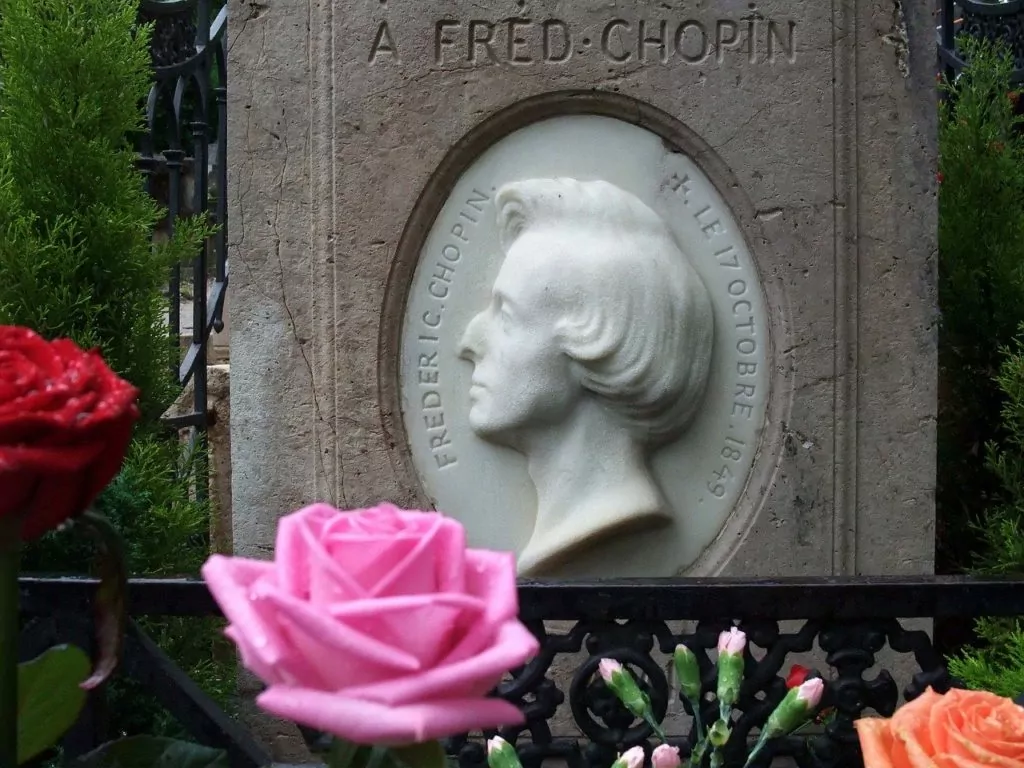
13. Stay in a luxury hotel in Warsaw
If there is any time you should take the opportunity to stay in a luxury hotel, it is when you are in a cheap country like Poland. We have stayed at Polonia Palace, which is a really nice 4-star hotel with a beautiful and inviting lobby, comfortable rooms and a good location for most of the things you want to see and do in Warsaw. The hotel is located at Al. Jerozolimskie 45, overlooking the Palace of Culture.
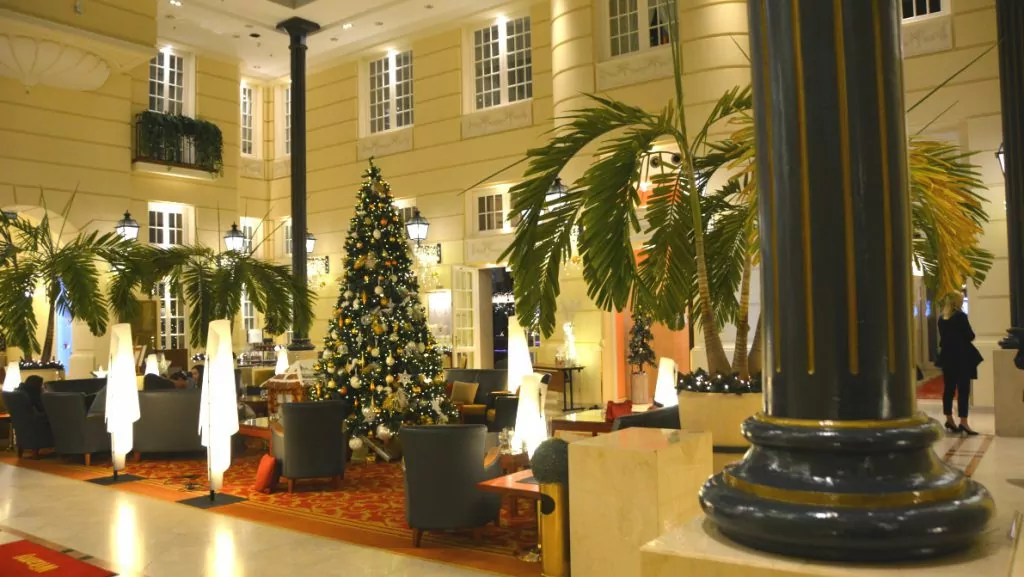
More things to do in Warsaw
What else is there to do in Warsaw? If you have a little more time, you can definitely take the opportunity to treat yourself to a spa visits. Spa treatments are said to be of a high standard and prices are low compared to Sweden. There are plenty of spa hotels, but also many salons offering day spas.
Wilanow Palace is one of Poland's most beautiful baroque palaces. The village of Wilanow built a church here in 1200 for the first time. At the end of the 17th century, construction of the baroque castle began and was completed at the end of the 18th century. You can get there by public transport, which takes about 55 minutes.
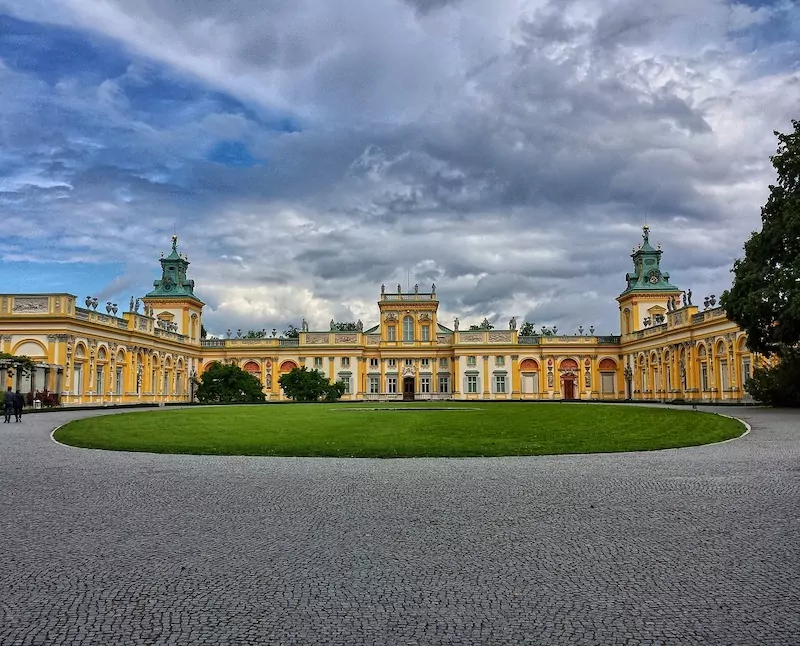
It could also be interesting to visit the neighbourhood. Pragawhich, we are told, is gradually being transformed from a rundown working-class neighbourhood into a trendy area full of hip bars and clubs.
If you're visiting Warsaw in December, be sure to check out our Christmas market which is perhaps one of the most illuminated and sparkling Christmas markets we've ever seen. At this market you'll also find lots of crafts and local delicacies such as honey, sausages and grilled cheese.
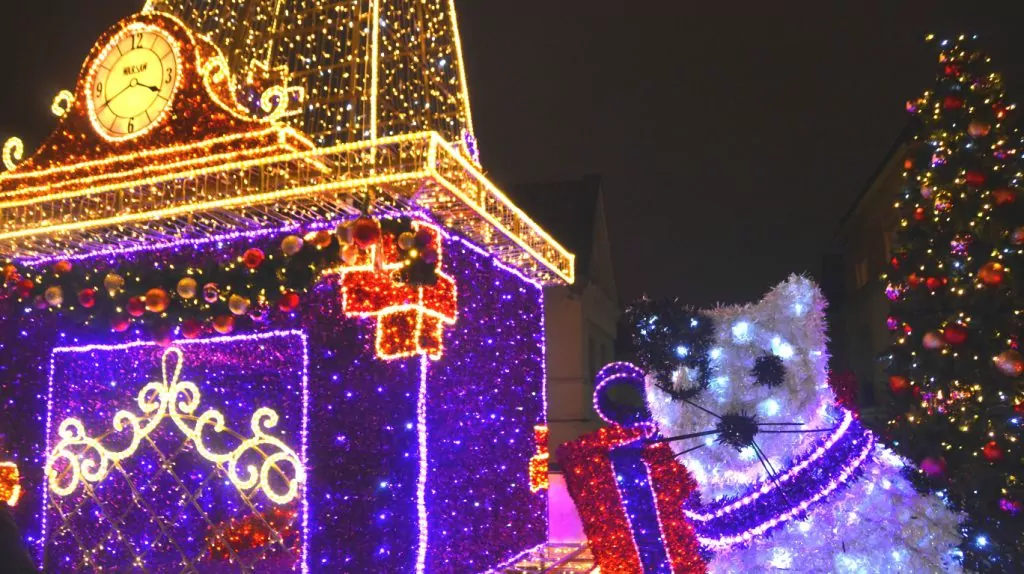
Things you didn't know about Warsaw?
See more of Poland
Want to see more of Poland? We recommend visiting the beautiful city of Krakow. If you're a nature lover, the national park is an exciting place to visit. Bialowieza, where you have the chance to see wild bison.
Last but not least the long and beautiful coastline, perfect for sunbathing and swimming if you're travelling in the summer. You can visit famous and exclusive Sopot, or less well-known but cosy resorts such as Łeba.
Rewa in Poland - a swimming and surfing paradise
Rewa is located on the Polish coast, not far from the larger city of Gdynia. This is a...
Polferries Ystad-Swinoujscie - our experience
What is it like travelling with Polferries Ystad-Swinoujscie? We have recently travelled with the ferry M/F Cracovia...
Things to do in Swinoujscie, Poland - 7 tips
What to see and do in Swinoujscie, Poland? This time we came here with...
Mierzecin - castles in Poland with magical scenery
Mierzecin - castle in Poland with magical nature in Dobiegniew in the countryside of western Poland. The castle...
Gdansk in Poland - 25 tips for things to do
Gdansk in Poland is, in our opinion, one of the country's finest cities. The Hanseatic city of Gdansk is located on the...
Radegast railway station in Łódź - Holocaust memory
The Radegast train station in Łódź is a historic railway station, known for having been used during World War II for...
Polish beautiful coastal road - FREEDOMtravel themed roads
Writer: PETER BERGSTRÖM The Polish Beautiful Coastal Road is a themed route that takes you along the entire northern...
Torun, Poland - 12 things to see and do
Torun in Poland is a beautiful and historically interesting city that is a UNESCO World Heritage Site....
Łeba - a mysg holiday favourite in Poland
Poles love Łeba (pronounced Weba), and no wonder. Here you will find long white...
Travelling by motorhome in Poland - all you need to know
What is it like to travel with a motorhome in Poland? We've just come home after...
Unesco World Heritage Sites in Poland - 16 places of interest
Have you seen any of the Unesco World Heritage Sites in Poland? There are currently 16, and...
Things to do in Gdynia, Poland - our top 9 tips
What to see and do in Gdynia, Poland? Gdynia offers beautiful sandy beaches, nice...
Malbork Castle in Poland - a medieval knight's castle
Malbork Castle in Poland is located in the Polish town of the same name. The castle was built by German...
Kozlowka Palace in Poland - and a homely campsite
Kozlowka is a beautiful palace in Poland that is definitely worth a visit. The palace is a...
Gdansk attractions - a great place for a nice trip
Today we present a guest article Eating in Gdansk Travelling is a great way to discover the...
Facts about Poland - 30 things you (might) not know
Writer: Peter Bergström Writing facts about Poland is a lot of fun. We have travelled a lot in...
Canoeing in Wroclaw, Poland - a great experience!
We tried canoeing in Wroclaw, Poland. What a fantastic experience! Sometimes the...
Wroclaw in Poland - 14 tips for things to see and do
Wroclaw in Poland is a city full of beautiful and colourful houses. Here you can stroll...
Camping in Poland - how does it work?
We received some questions from a reader about camping in Poland, and were inspired to write...
Poznan, Poland - 11 things to see and do
Poznan in Poland is a city with an amazingly beautiful square. Our jaw almost dropped when...
Lovely holiday in Swinoujscie, Poland
Time for a holiday in Swinoujscie, Poland! Swinoujscie is located on the Baltic Sea coast, near the border...
Nicolaus Copernicus' house in Torun, Poland
The Nicolaus Copernicus House in Torun is a museum that tells the story of the life of the astronomer Copernicus,...
Baking St Martin croissants at a museum in Poznan
We got to try baking St Martin croissants at a museum in Poznan. So, what is...
Camping Metropolis in Sopot, Poland
We are at Camping Metropolis in Sopot and have now been joined by Peter's brother ...
What to do in Szczecin, Poland - 9 tips
What to see and do in Szczecin, Poland? Szczecin, which can also be called Szczecin,...
Things to do in Poland - 30 sights and experiences
What to see and do in Poland? This beautiful and interesting country offers everything...
Maszoperia - nice campsite on the Hel peninsula in Poland
Now we've found a nice campsite on the Hel peninsula in Jastarnia, about halfway out of...
Recipe for Zurek - we cook Polish soup
Today's recipe is for zurek, our absolute favourite soup in Poland. I don't think we ever...
Wieliczka salt mine, near Krakow, Poland
Today we went to the salt mine in Wieliczka in Poland. We were not the only ones,...
With Polferries to Poland - and a visit to Gdansk
We have embarked on a small road trip, which started with Polferries to Poland, from...
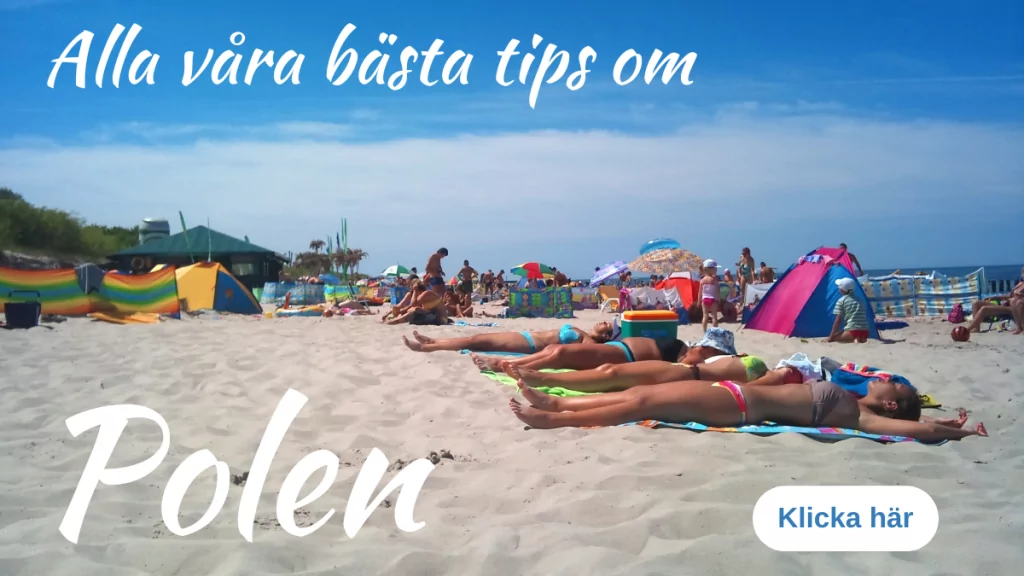
Facts about Warsaw
- Country: Poland
- Region: Masovia (Mazowsze)
- Residents: With 1.7 million in the city and 3.2 million in the metropolitan area (2016), Warsaw is Poland's largest city.
- The name of the city: The name Warsaw comes from the name Wars (short for Warcisław) and means the place of Wars.
Good to know about Warsaw
- Language: Polish (some also speak German or English)
- CurrencyZloty
- Price mode: Cheaper than in Sweden
- Time difference: None
- Emergency number: 112
- El: Like Sweden
- Water: Drinkable
- Religion: Christianity (Catholicism)
Attractions in Warsaw
- The Royal Palace from 1596 at plac Zamkowy 4, 00-277 Warsaw
- Palace of Culture from 1952-1955 at Plac Defilad 1, 00-901 Warsaw,
- Jewish cemetery from 1806 and one of the largest Jewish cemeteries in the world with 200,000 graves. You can find it at 49/51 Okopowa Street, Warsaw.
- Belweder Palace or the Presidential Palace at Belwederska 54, 00-001 Warsaw.
- Church of the Holy Cross is a baroque church that carries a lot of Polish history since the 15th century. Frederic Chopin is buried in Paris but his heart is here for his love of his native Poland, and the church can be found at Krakowskie Przedmieście 3, 00-047 Warsaw.
- Church of the Holy Spirit from the 14th century at Długa 3, 02-263 Warsaw
- Field Cathedral of the Polish Army is a baroque church from 1660 at Długa 13/15, 00-911 Warsaw.
- Warsaw Uprising Museum showing the Polish war against Germany in 1944 at Grzybowska 79, 00-844 Warsaw.
- Polin is the museum of the history of Polish Jews which you can find at Anielewicza 6, 00-157 Warsaw.
- Pawiak Prison dates from 1830 and is a former tsarist prison, but in 1940 the Gestapo seized it and had 100,000 Polish Jews imprisoned there. You can find it at Dzielna 24/26, 01-008 Warsaw.
- National Museum Muzeum Narodow was opened on 20 May 1862 and contains 830,000 objects located at al. Jerozolimskie 3, 00-495 Warsaw
Restaurants in Warsaw
- Specjaly Regionalne serving traditional Polish food, on the popular Nowy Swiat 44 street.
- Bibenda is a slightly simpler restaurant that also serves traditional Polish food, at Nowogrodzka 10.
- Belvedere Łazienki Królewskie is an exclusive restaurant listed in the Michelin Guide.
- U Fukiera at Rynek Starego Miasta 27 on the main square in the Old Town. Celebrity restaurant run by chef Magda Gessler.
Things to do in Warsaw
- Shopping: The Zlote Tarazy and Arkadia shopping centres, the Bazar Staroci Na Kole market and the Nowy Swiat, Chmielna and Mokotowska shopping streets.
- Activities: Guided city walks, maths-themed guided tours, boat trips on the Vistula River, winter sports and outdoor concerts such as Chopin.
Accommodation in Warsaw
- Polonia Palace is a 4-star hotel near the Palace of Culture. Address: Jerozolimskie 45
- Marriott Warsaw Hotel is located in one of Warsaw's skyscrapers. Address: al. Jerozolimskie 65/79
- Hotel Bristol is located in a beautiful house near the University. Address: Krakowskie Przedmieście 42/44
- Novotel Warszawa centre at Marszalkowska 94, 00-510 Warsaw. 5-minute walk to the Cultural Centre in the city centre.
- PURO Hotel Warsaw Centre at Widok 9, 00-023 Warsaw. Super location at the new cool hotel in the city.
Travelling to Warsaw
- Flight: You can fly directly to Warsaw (Frederic Chopin airport) with LOT Polish Airlines from Arlanda in Stockholm, which takes 1 h 40 min or from Landvetter in Gothenburg if you prefer. Ryanair also flies directly from Skavsta and Landvetter.
- Car: Ferries run from Nynäshamn to Gdansk, from Karlskrona to Gdynia and from Trelleborg to Swinoujscie. It takes about four hours to drive from Gdansk or Gdynia and about seven hours to drive from Swinoujscie.
- Motorhome: Read more about travelling by motorhome in Poland.


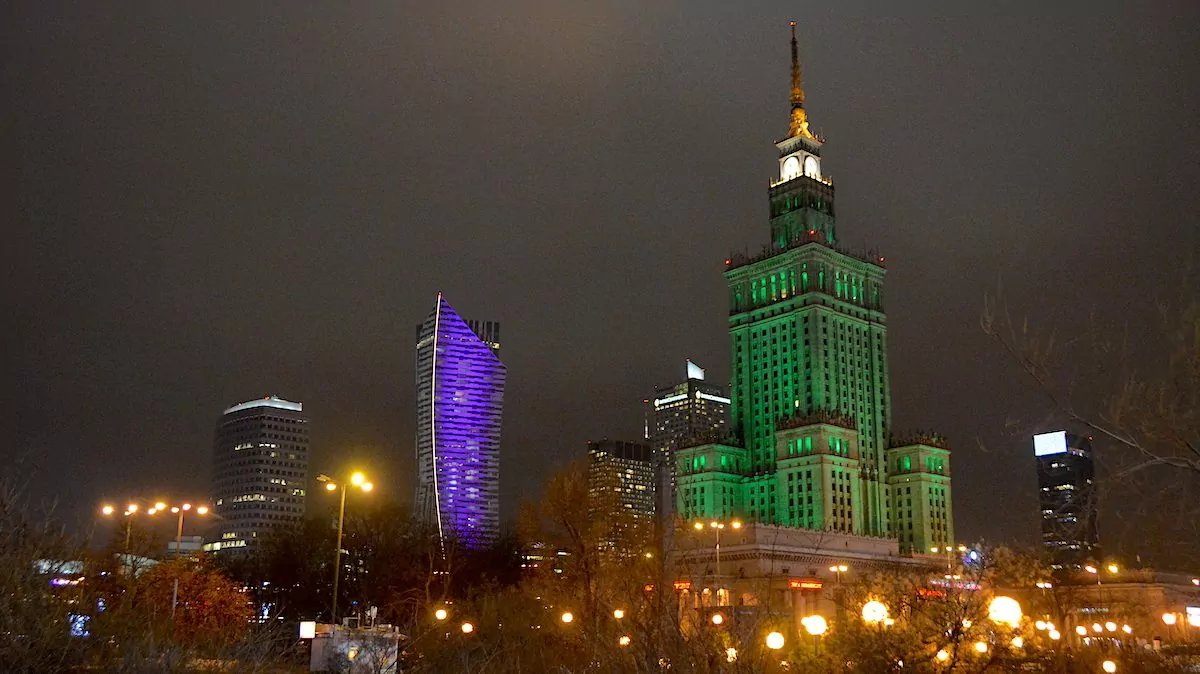







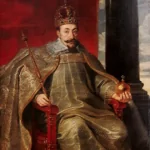
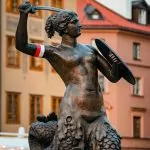
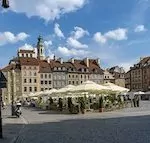
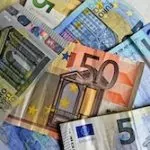
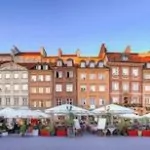
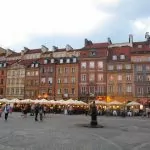
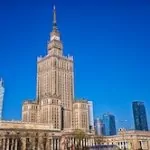
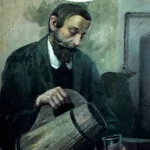
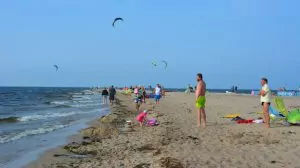
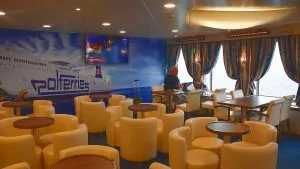
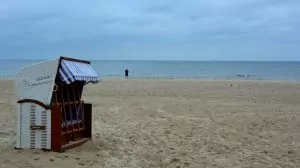
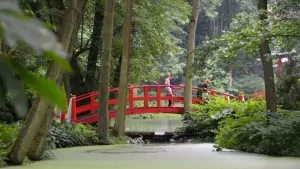
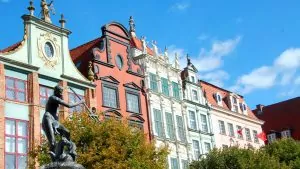
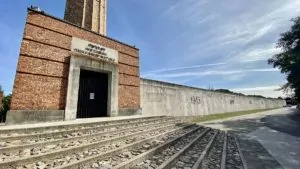
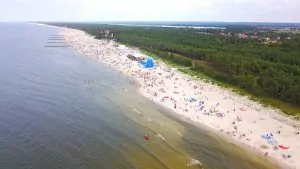
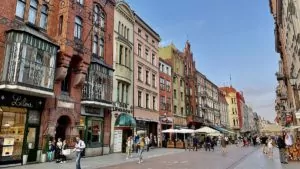
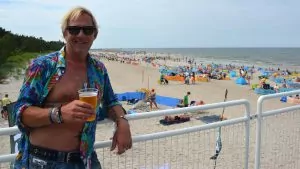
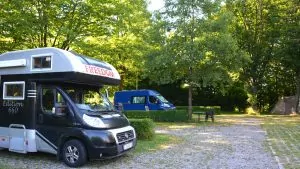
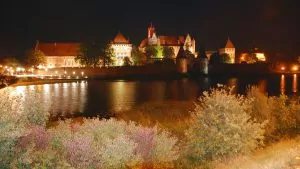
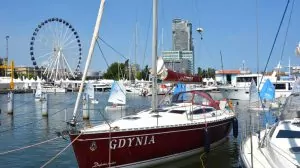
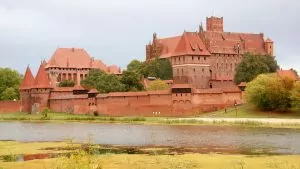
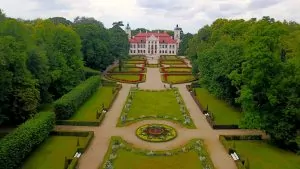
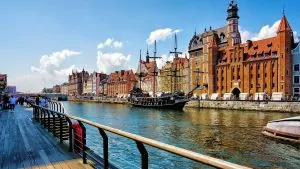
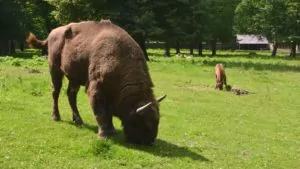
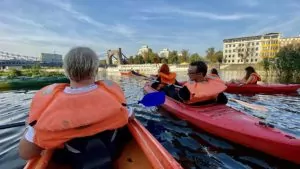
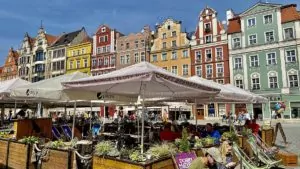
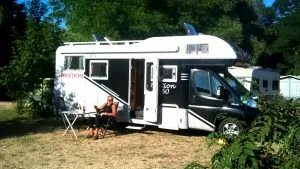
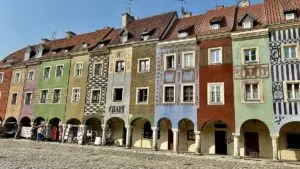
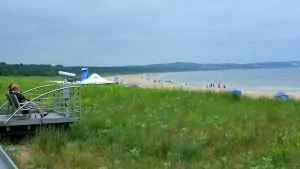
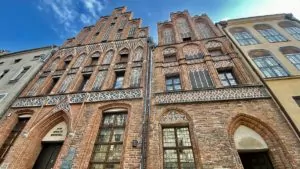
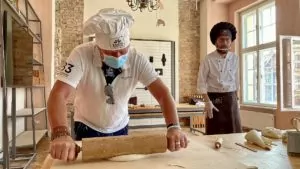
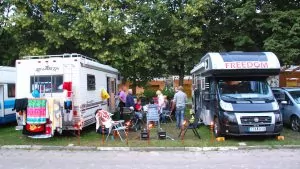
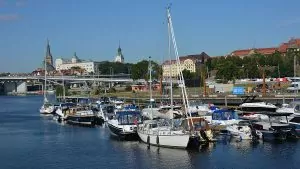
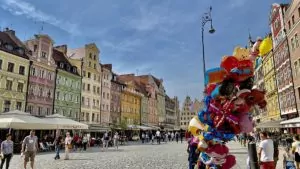
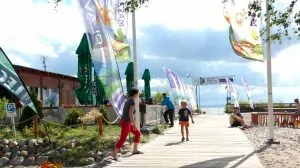
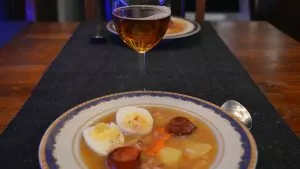
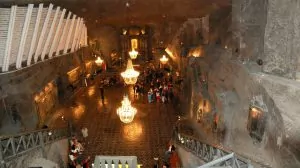
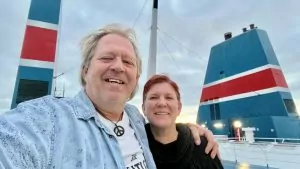
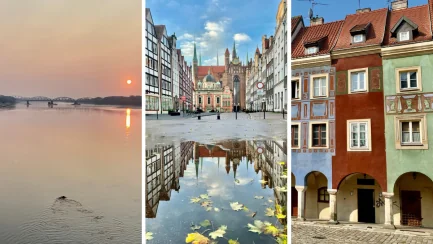



Lennart says:
Getting hungry when I see the pictures of the food!
12 December 2016 - 7:04
åsa in åsele says:
There are no penguins or similar here... but I don't know what it's like in Stockholm or larger cities,
have never heard or seen these cute devices.
12 December 2016 - 7:07
åsa in åsele says:
The food looks good and that picture from the shopping centre looks Christmassy 🙂.
12 December 2016 - 7:09
Jenn - forever abroad says:
Haha the penguins?! So smart and cute! I have never seen them before. What fun to read about Warsaw tips like this in the winter months as well. For example, the Christmas market looked so cosy!
I have also shared my top 5 tips for a weekend in the city after my stay there last spring: http://jennifersandstrom.se/2016/08/10/att-gora-warszawa-city-guide-weekend/
12 December 2016 - 7:26
anita wåg agrimanaki says:
Wow, what a lot of exciting things you get to experience! And what fun that such a "close" destination has so much to offer. A shopping trip there would be fun since you say the prices are low.
12 December 2016 - 7:40
admin says:
Lennart, the food we ate was really good! 🙂
Åsa in Åsele, interesting that you haven't seen them either. It was new to us, but sometimes you don't know what's coming and what you don't know because you don't have small children 😉.
Jenn, but oh how fun and good with your Warsaw tips too! Always a bit different to visit a city in spring/summer and in winter!
Anita, prices in Poland are very good. Especially food is cheap. Shopping is also cheap, at least compared to Sweden.
12 December 2016 - 8:03
Goatfish says:
I love the first picture of the colourful houses!
What would I do? Well, stroll around the streets and shops. Taste home cooking and just enjoy the glitz and glamour 😀 I think I could afford it 😀.
Now I devote the day to preparation. Tonight it is Vara Concert Hall ♥
Enjoy!
12 December 2016 - 8:17
Catherine says:
Yummy! Polish food then!:)
12 December 2016 - 8:35
Ditte says:
Thanks for the great tips! And history I like so The Warsaw Rising Museum would definitely get a long visit and then walking around the city attracts me and see what I find And these beautiful houses always attract. As for the food, it feels too heavy for me, but soups are always good as well as priogies of various kinds.
12 December 2016 - 9:04
Annika in Seville says:
It looks so beautiful!
And Christmassy! Here in the south we don't get much of a Christmas feeling, but it's nice anyway. There was a bonfire in the village last week, for example, and it was an experience!
I like the penguins, looks like fun to drive one in front of you!
12 December 2016 - 10:02
Mr Frank Olsen says:
We thought Warsaw was a fantastic city. We were there in August as part of our Europe trip.
12 December 2016 - 10:33
Mr Steve says:
Another city with a lot to offer. When you present cities from the former Eastern Europe, I am often pleasantly surprised. Am I being prejudiced?
12 December 2016 - 13:45
admin says:
Geddfish, you can afford more when travelling in Poland and it is a pleasant experience. Concert hall sounds nice! 🙂
Katarina, right? We have travelled a lot in Poland and almost always think the food is good!
Ditte, the food can be a bit heavy, but it can be adapted. One variant, for example, is to order two starters instead of one starter and one main course 🙂.
Annika in Seville, fire party sounds exciting! The penguins were really appreciated and the kids looked like they were having fun with them. Surprised it doesn't seem to be here!
Frank Olsen, I imagine Warsaw is nice in the summer too!
Steve, we think the eastern part of Europe has a lot to offer, and often at lower prices. The communist era was a grey era in a way, so maybe it's not so strange if you partly have that image with you ...
12 December 2016 - 16:32
Biggeros says:
Very good food that you recommend. The goose with pumpkin looks good. Also the soup in the bread. So fun to try domestic food. I am always open to trying different dishes. When we lived in Moscow, many shops were placed under the roads on the way to the Metro. I have never seen such cute penguins on the ice. Pretty smart way to get around on the ice even for me. Hugs
12 December 2016 - 16:57
BP says:
You know that we love Poland, but we have never been to Warsaw. But my God, I am so hungry! Well, not to go skiing then, but to enjoy the food. Oh Zurek is one of our favourites too! Yes, in general, the Polish food is absolutely superb and what portions for a cheap money.
I have never seen seals and penguins on an ice rink here at home. But what a fun idea! Should be adopted in Kungsträdgården, for example.
12 December 2016 - 17:18
Matts Torebring says:
I choose the latter, do some shopping, but above all taste the good food.
12 December 2016 - 20:43
Deciree says:
Looks like a nice place. Very cosy now at Christmas time too:)
13 December 2016 - 6:54
admin says:
Biggeros, it's fun to try local food! And in Poland we are almost never disappointed (can't remember any such time)! The underground shops seem to be common in the East, even in Kiev it is so.
BP, I know that you like Poland as much as we do! Warsaw is a bit different from e.g. Krakow because the city was destroyed so hard during the war. Now it is a mixture of old houses, communist concrete and skyscrapers 😉 Isn't it a bit funny with the penguins? Surprised that they are not here...?
Matts, the food is one of the best things about Poland we think! 🙂
Deciree, very cosy with all the lighting!
13 December 2016 - 8:31
Elisabeth says:
It's been many years since I was in Warsaw, but in 2011 we travelled around Poland by motorhome. The food is rustic but good, many flavours and combinations I would not have thought of. Your post really makes me want to revisit the old town in Warsaw and stroll around there.
14 December 2016 - 20:09
admin says:
Elisabeth, Poland is a pretty good country for motorhomes, with many campsites! Agree that the food is rustic and maybe with a little different combinations sometimes, but I like it 😉.
14 December 2016 - 20:40